- The Ferrari F80 is the exotic brand's latest hypercar.
- A twin-turbocharged V6 and trio of electric motors produce nearly 1,200 hp.
- It borrows tech from the automaker's racing efforts.
- This ultimate Ferrari can hit 62 mph in 2.15 seconds and 124 mph in 5.75 seconds.
Ferrari F80 First Look: Twin-Turbo V6 Hybrid Makes Nearly 1,200 HP
Ferrari's new hypercar has a top speed of 218 mph
Ferrari reveals a new hypercar roughly every decade, with the lineage including icons like the F40, F50, Enzo and LaFerrari. The newly unveiled F80 is the latest Prancing Horse to join this breed, and the model amplifies the performance credentials of its predecessors. A twin-turbocharged 3.0-liter V6 with numerous electric motors makes a total of 1,184 horsepower and can hustle the hypercar to 62 miles per hour in a mere 2.15 seconds.
A cutting-edge engine
The engine alone produces 888 horsepower at a screaming 9,000 revs and has a dynamic limiter at 9,200 rpm. The powerplant is related to the unit in Ferrari's Le Mans-winning 499P race car. They share a crankcase, timing chain layout, fuel injectors and more. Each turbocharger has an electric motor to reduce the turbocharger's spool-up time, eliminating the typical brief pause in power delivery known as turbo lag.
The high-output engine is joined by a trio of electric motors that boost output to stratospheric levels. Two electric motors, making a total of 282 hp, power the front axle. A single electric motor assists the rear end. It is responsible for recovering energy to recharge the high-voltage battery, providing up to 70 kW during regenerative braking and adding 79 hp when accelerating. Motors feeding energy into both axles means this is the first of Ferrari's hypercars with all-wheel drive; power from the engine is routed through an eight-speed dual-clutch gearbox.
Ferrari claims the F80's hybrid powertrain rockets the hypercar from a standstill to 62 mph in 2.15 seconds and zero to 124 mph in 5.75 seconds. The vehicle's top speed is 218 mph.
An advanced ride
Ferrari outfits the F80 with chassis-controlling technology as impressive as its powertrain. The active aerodynamic system and active suspension work together to maximize handling abilities. The suspension includes four 48-volt electric motors for operating the dampers. They can adjust the ride height to maintain the distance between the underbody and the road for optimum airflow.
The active aero comprises a reverse Gurney flap at the front and a rear wing, which can adjust the downforce at both ends of the vehicle. The wing has a high-downforce configuration, which activates during braking and cornering, and a low-downforce setting where the element tucks into the body.
A sharp design
Ferrari says the F80 represents the company's future styling language. The vehicle has a taut shape with a sharp front end and narrow headlights hidden behind a tinted panel. The company keeps the body narrow to create a smaller cross-section to cut through the air. The various aerodynamic elements can produce up to 2,205 pounds of downforce at 155 mph. Meanwhile, the F80 has a dry weight of 3,362 pounds.
The F80 is also reasonably compact. Its size is hard to discern in photos, but the vehicle is 190.6 inches long. For comparison, a Toyota Camry is 3 inches longer.
The narrow cabin is evident on the inside because the F80 has what Ferrari calls a 1+ seating layout. The driver gets an adjustable chair to find his or her ideal position behind the wheel. The passenger has to sit a bit farther back in a fixed seat.
A limited run
Ferrari will build just 799 examples of the F80, with prices starting just below the $4 million mark.
Edmunds says
A new Ferrari hypercar is always big news. The F40, F50, Enzo, and LaFerrari have all become hypercar icons, and the F80 continues that legacy. Expect some of its elements, like the new steering wheel, to trickle down to Ferrari models in the future.

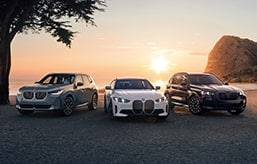
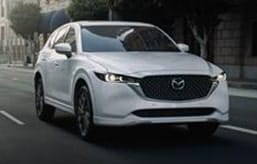
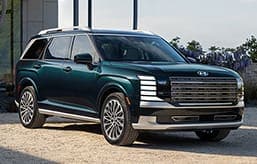
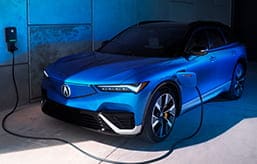

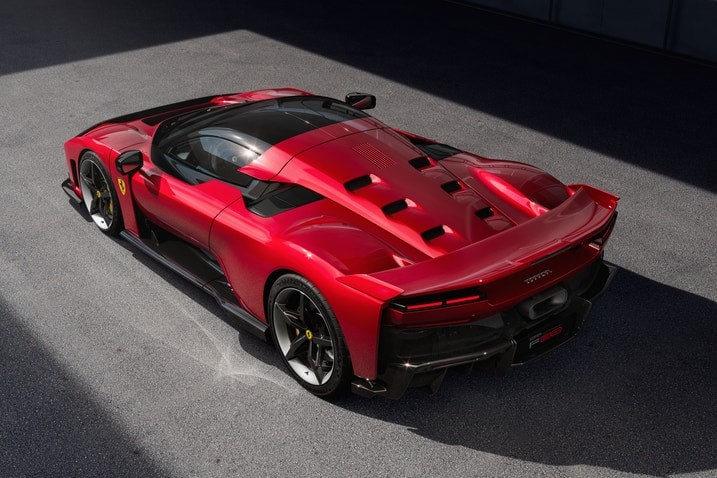
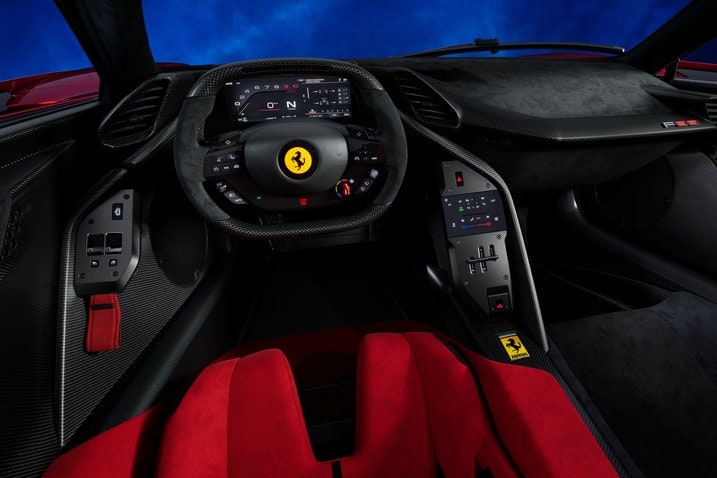

 by
by  edited by
edited by